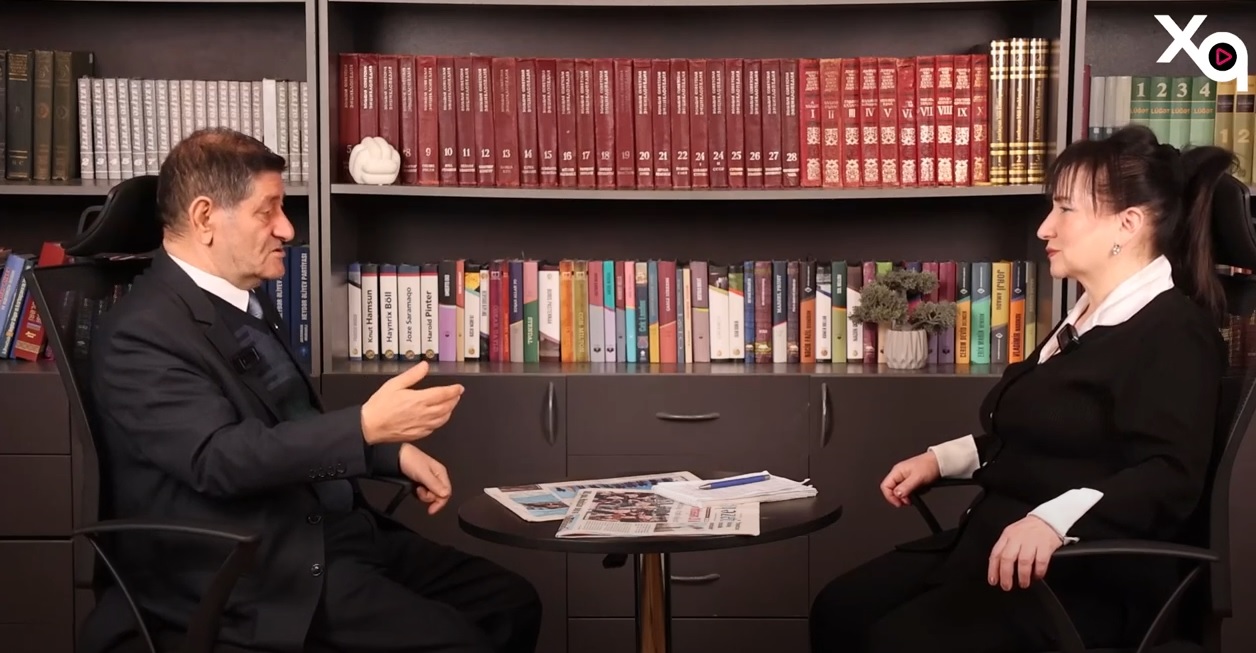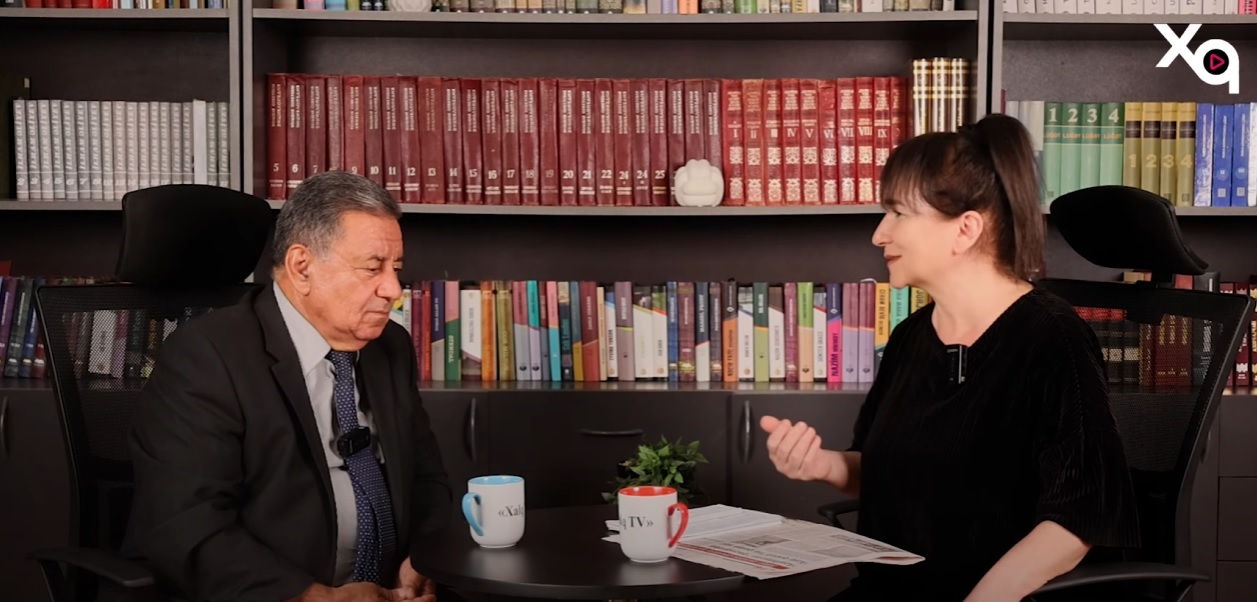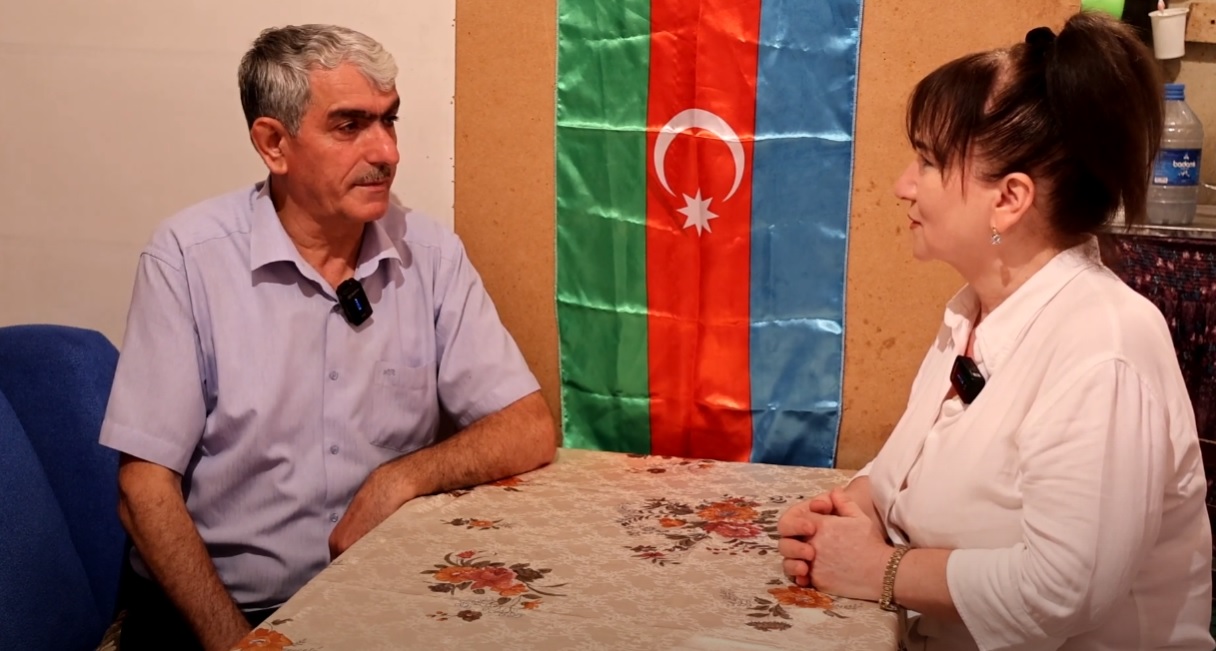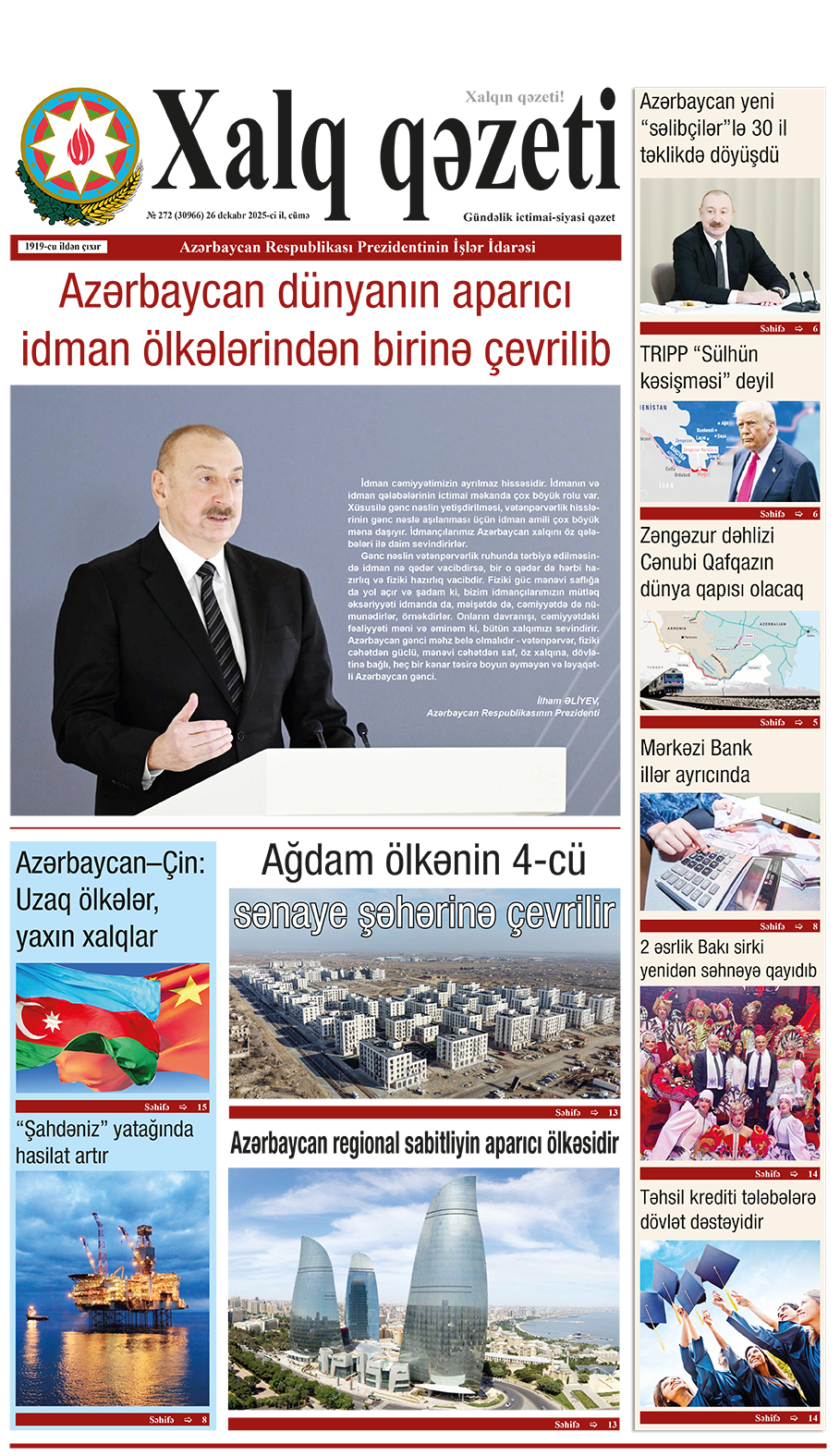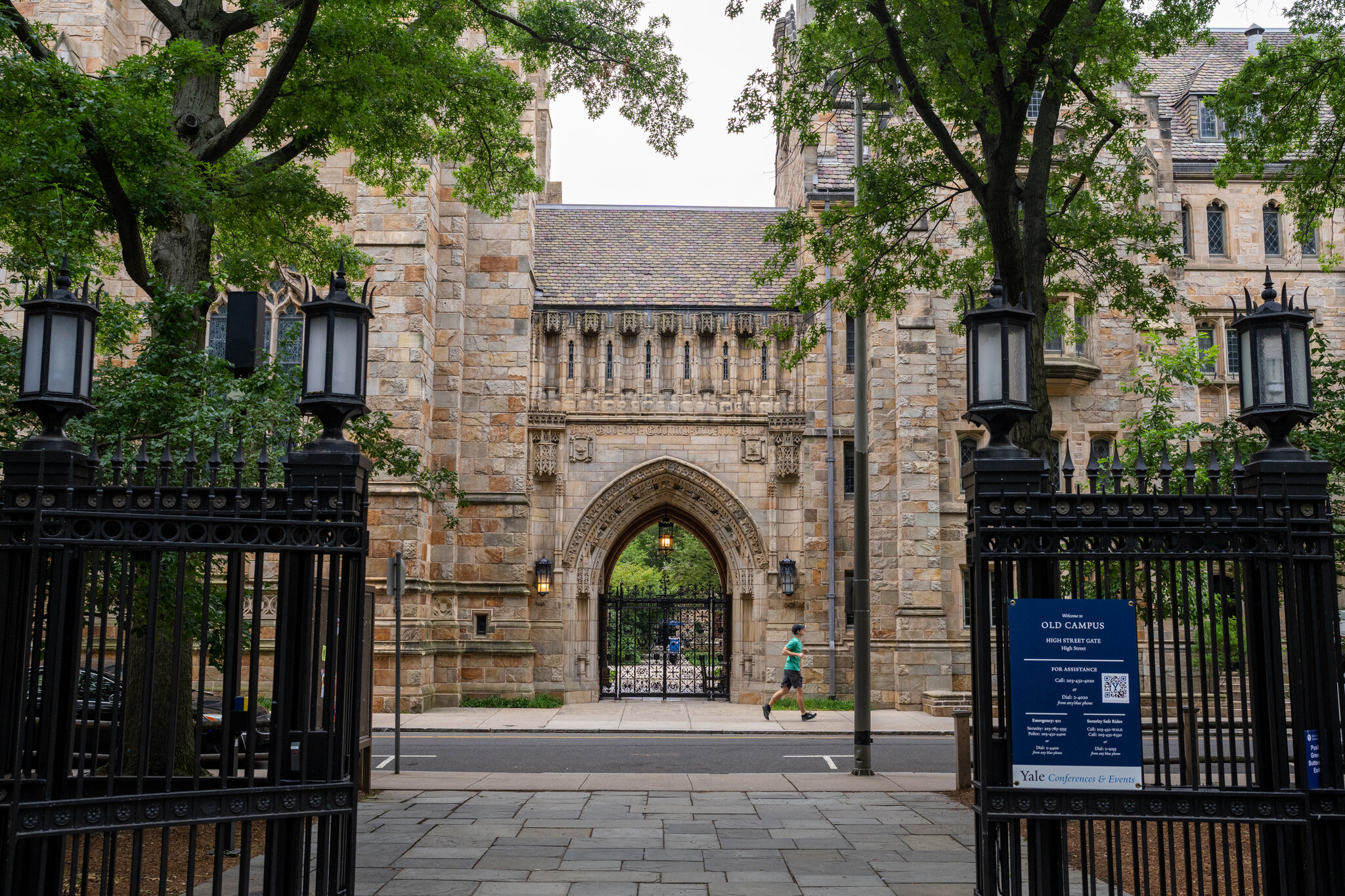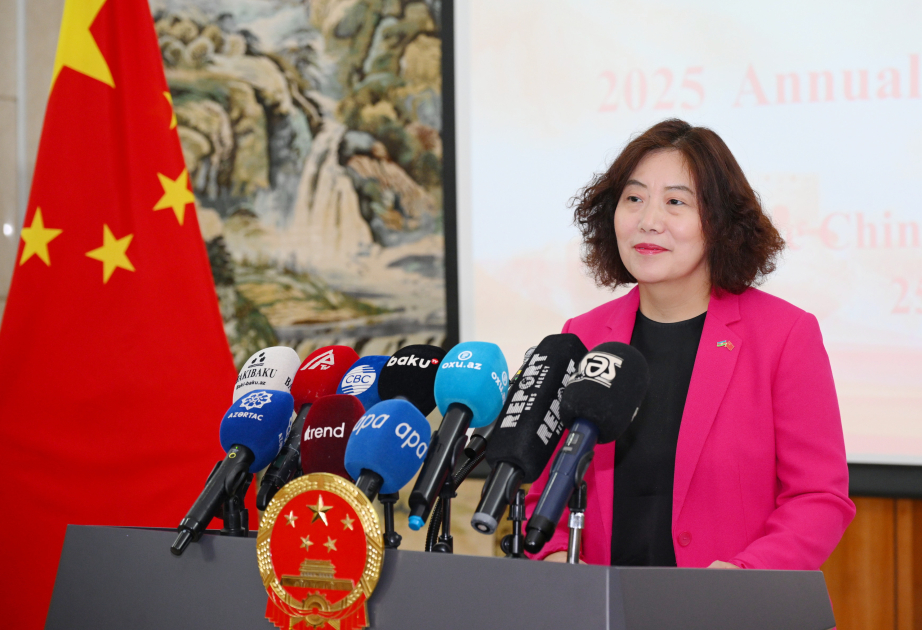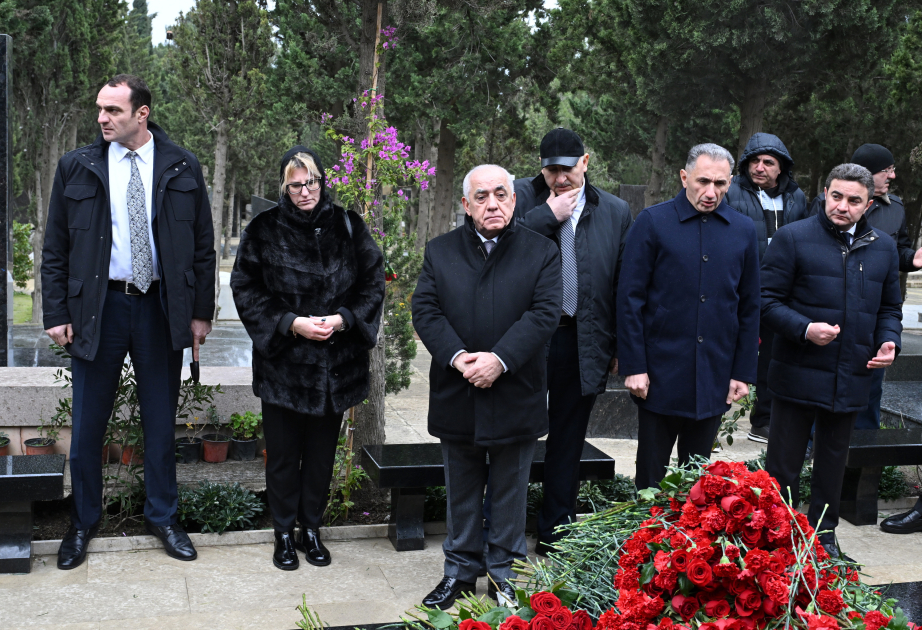Jerusalem Post
ByWALLA! HEALTH
The number of CT machines in Israel is limited, and waiting times can be long. An AI–based system has succeeded in shortening diagnoses – something that can both extend lives and shorten queues.
A new study conducted at Assuta Medical Centers proved that integrating an artificial intelligence system into the interpretation of CT scans leads to faster interpretation and more efficient testing. As part of the study, 5,048 head CT scans performed at Assuta’s medical centers and hospitals during 2024 were analyzed in order to diagnose intracranial hemorrhages. The results showed a significant total reduction of 1,505 hours in waiting time for diagnosis, achieved by shortening the time between performing the scan and starting to write the radiology report, thanks to the assistance of artificial intelligence. In other words, the diagnosis is made faster, and referral for urgent treatment is carried out almost in real time, even in community settings outside the emergency room.
The system tested – the Aidoc system – is an artificial intelligence algorithm designed to detect critical findings in CT scans. Its capabilities are particularly impressive: Accuracy of up to 99% in detecting brain hemorrhages compared to the radiology reports used as the reference standard. When evaluated as a triage tool for emergency cases, the system reached 100% sensitivity. The results indicate that it did not miss a single real emergency case.
Dr. Arnon Makori, head of the imaging division at Assuta, explains that the scan itself takes only a few minutes, but the real contribution lies in the system’s ability to alert in real time to a critical finding. Once the system detects a brain hemorrhage, it immediately sends an alert to the imaging technician performing the test, who can immediately consult with the radiologist to decide whether to refer the patient for urgent treatment. This enables life-saving treatment even when the tests are performed in community clinics, far from a general hospital with an active emergency room.
One of the common public perceptions is that CT scans are almost immediately available, but Dr. Makori emphasizes that the reality is more complex: “Our activity is public,” he explains. “The number of CT machines in Israel is limited, and waiting times can be long. Any technology that shortens the performance and interpretation processes and makes the detection of abnormal findings more efficient brings enormous health value – not only in identifying emergency situations but also in reducing overall waiting times.”
Beyond shortening interpretation and alert times, the system adds a safety layer for doctors and staff. It detects findings that might escape the human radiologist’s eye, and the study found that it successfully identified 21 positive cases of brain hemorrhage that would not have appeared in the radiology reports without the artificial intelligence – an improvement of 14.2% in detection. Dr. Roy Barnea, principal researcher at the Assuta Institute for Health Policy Research, notes that this is exactly where artificial intelligence changes the rules of the game: “The system functions as a true safety net. It ensures that no emergency cases are missed. The main benefit of the system is improving the quality of care.”
At Assuta, they are already examining expanding the system’s capabilities to additional fields such as MRI scans, including the detection of critical findings in real time, and even algorithms that will detect tumors in other organs. Dr. Makori notes that “integrating additional artificial intelligence systems, for example, for the early detection of lung cancer as part of the national screening program we conduct here for smokers, could shorten testing and interpretation times in other areas as well and improve the chances of saving lives.”


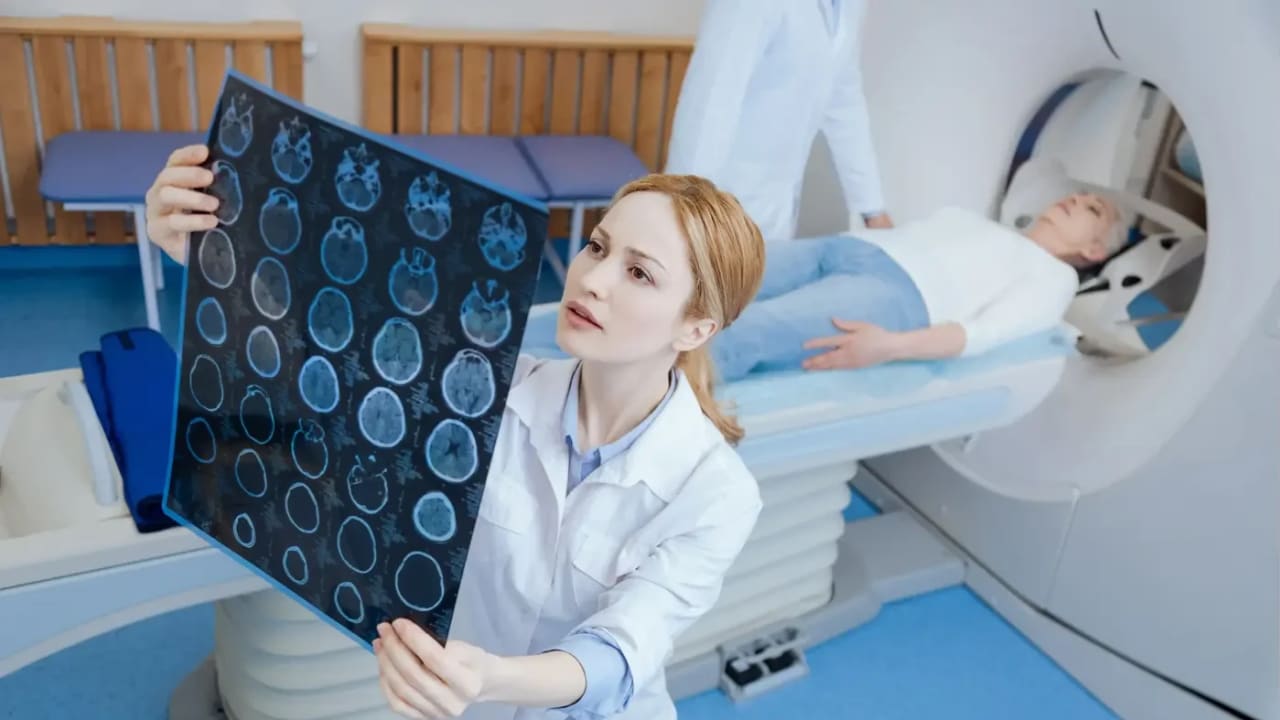
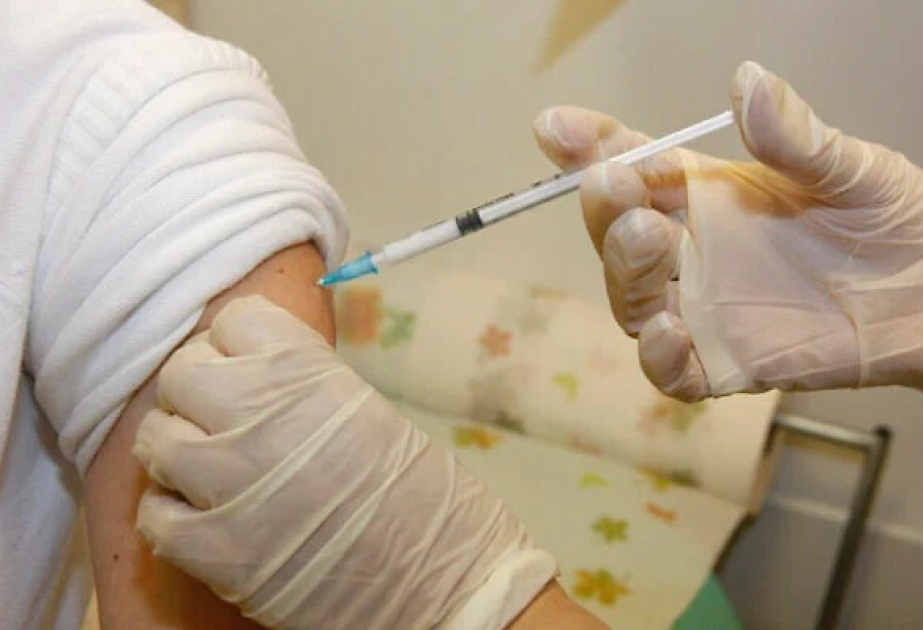

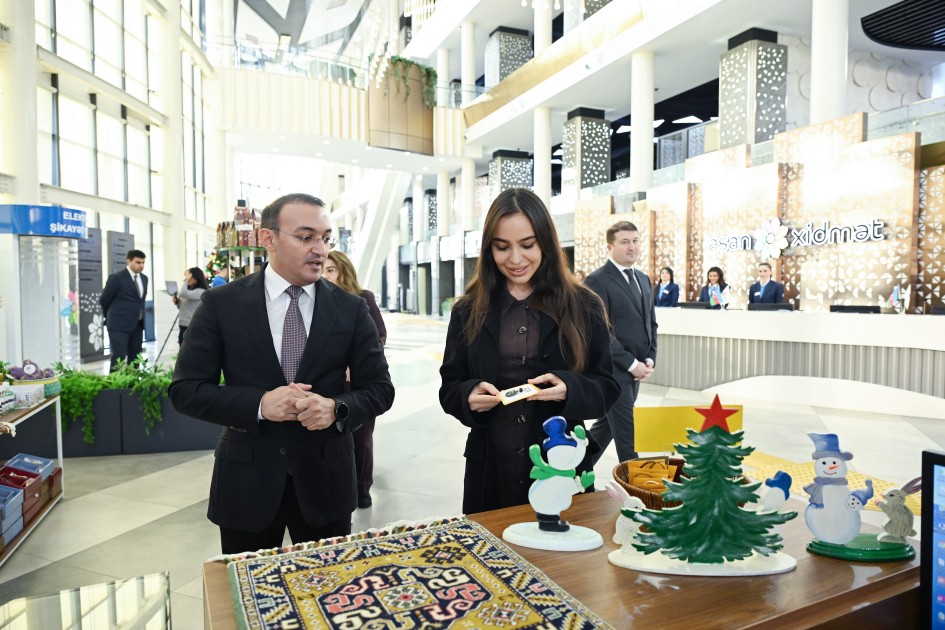
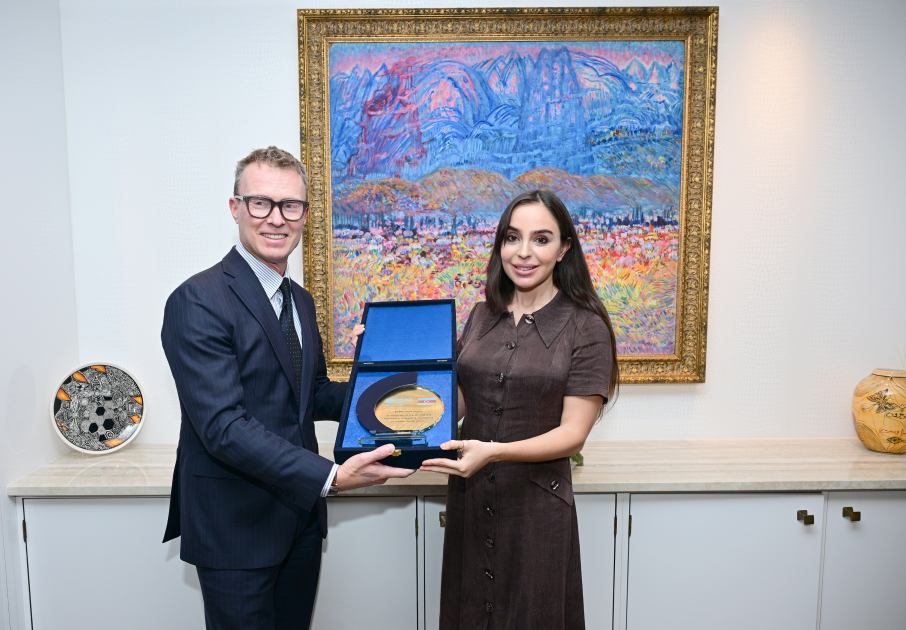

.png)

